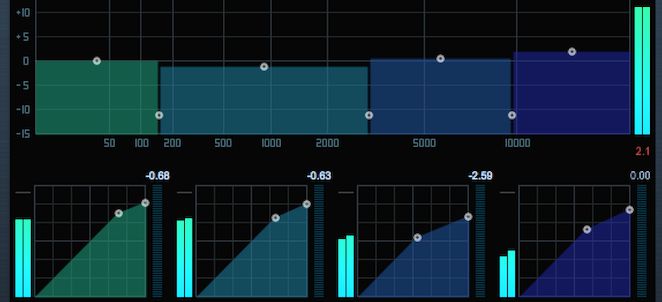

And as you get more comfortable, you will relax and work with just what you need to accomplish your goal. You do not have to do everything at once. You can MIXDOWN the entire project - or you can select a specific Track to render as a Waveform. You would go to FILE > EXPORT > AUDIO MIXDOWN - when you are ready to RENDER a proper AUDIO Waveform for the data. You can process it in exactly the same way any computer-based VSTi plugin (SoftSynth) would be processed, operated and recorded. This allows you to receive audio signal into Cubase. You can either route the Motif XF parts directly to an AUDIO TRACK (via the VST CONNECTIONS > INPUT Tab) or you can setup to use the Motif XF Editor VST - which returns the AUDIO to the VST INSTRUMENT's virtual AUDIO LANE. WAV and therefore no way to Master the project.īecause you have the FW connection you have two ways to get that audio over to Cubase. If you were triggering the Motif XF without the FW connection (this would mean you were only connected by a USB cable) you would have no method to Mixdown the Motif XF for a. in addition to all the individual MIDI, audio and virtual audio channels.

You can also set your mixer to view INPUTS and OUTPUTS. You can look at MIDI Track activity, you can look at Audio Track metering, and you can look at virtual Audio Lane metering. On the Cubase Mixer you can select what you would like to see. I think for mastering I need to see every instrument audio track right?This is at the heart of you confusion. Welcome to the world or production - to say it is non music issue is a mistake - it is very much a Music issue!!! Its a Music Production issue! Once you have the part as audio you can MUTE the MIDI track.

You can, at any time, print an XF Part as an audio track (commit it to a audio - audio being a permanent snapshot of that particular instrument's performance). Once printed in audio you can reallocate the Insertion Effect switches to the other 8 PARTS. In other words, if you want to wind up with a result where each of you 16 musical parts could take advantage of the XF's dual Insertion Effects, you would need to print at least eight of them as separate audio tracks. If you needed more, for example, that is a reason to render some of the PARTS to separate audio tracks. You have 8 PARTS that can use dual Insertion Effects at a time. Since in the Motif XF each PART has its own 3-band EQ you do not have to separate them for this purpose. In general, you print a separate audio track for a particular musical part if you are going to process it separately from what you already have in the Motif XF. The latter allows you more flexibility and more time to change your mind before "committing" to audio and is the way to process the audio with VST Effect plugins. The former "commits" to audio immediately. The advantages of each, you should discover for yourself. While audio is returned via VST Routing, you will be able to use Cubase's EXPORT AUDIO MIXDOWN to render Audio Tracks when ready to "commit". Where you can further process it with effect plugins, if you wish. The Cubase MIDI track will output data to the XF VST which will cause the XF tone engine to RETURN audio to the Motif XF VST virtual Audio lane. _ You can print audio tracks by DEVICES > VST INSTRUMENT > External > MOTIF XF VST. You would do so by either recording directly to the audio track or by playing back your Cubase MIDI Tracks to the XF tone engine and then have the XF RETURN Audio to an Audio Track via an assignment made on the VST CONNECTIONS > INPUT tab. _ You can print audio tracks by going to DEVICES > VST CONNECTIONS route the XF audio directly to an Audio Track.
#Mastering tips cubase 5 series
MIDI has never been heard - it is a series of coded messages that trigger a synth tone engine and then become Audio.


 0 kommentar(er)
0 kommentar(er)
